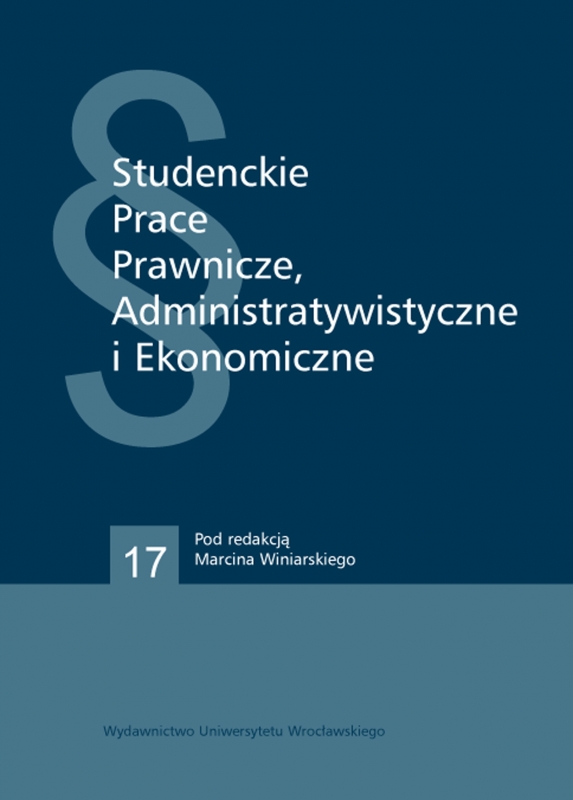

Artykuły

Eurohypothec versus Polish mortgage security model
Basic Guidelines for Eurohypothec contain provisions of the prospective pan-European mortgage security model. The Eurohypothec may be introduced either by a self-executing EU regulation and thus become immediately enforceable as law in all EU member states or by an EU directive which would require its implementation into the domestic legislation of the member states. In the first case, the Eurohypothec would function as another legal regime existing alongside national real estate charges, without replacing them. The optionality of this version of the Eurohypothec would enable European debtors and creditors to choose between the Eurohypothec and national mortgage security models. On the other hand, if introduced by an EU directive, the Eurohypothec could be implemented by either adapting an existing internal mortgage security model or by creating a completely new pan-European instrument. The second scenario appears less likely as most EU member states adhere to their own legal traditions of collateral securities premised upon the principle of accessoriness. Embedding a new type of non-accessory mortgage security the Eurohypothec into the national legislations of EU member states may be a complete turnaround for European national legal cultures. As an example, Polish scholars voiced their doubts about the economic impact of Eurohypothec, as well as its legal interpretations.
One question should be asked: which mortgage security model accessory or non-accessory is most beneficial in terms of the continuously developing European cross-border mortgage market as well as the individual interests of EU member states and, last but not least, interest of the debtors — the consumers. Answering this question is much needed to timely and adequately regulate the rapid development of cross-border capital gathering and allocation, as the principle of accessoriness can no longer respond to all complexities of the modern mortgage loans market. There are two main solutions to that problem: establishing a non-accessory instrument or modifying existing accessory mortgages to achieve a “loosening up” effect like in the latest amendment to the mortgage law in Poland.
Considering the inevitable strengthening of European integration combined with the simultaneous urge to protect individual interests of the EU member states tied to their accessorial legal traditions, the best solution would be to introduce the Eurohypothec as a new type of real estate security right operating alongside the national real estate charges. Such practice would allow the Eurohypothec to accustom itself in the European legal systems, and to examine whether there isa need for a non-accessorial mortgage security model in Europe at all.